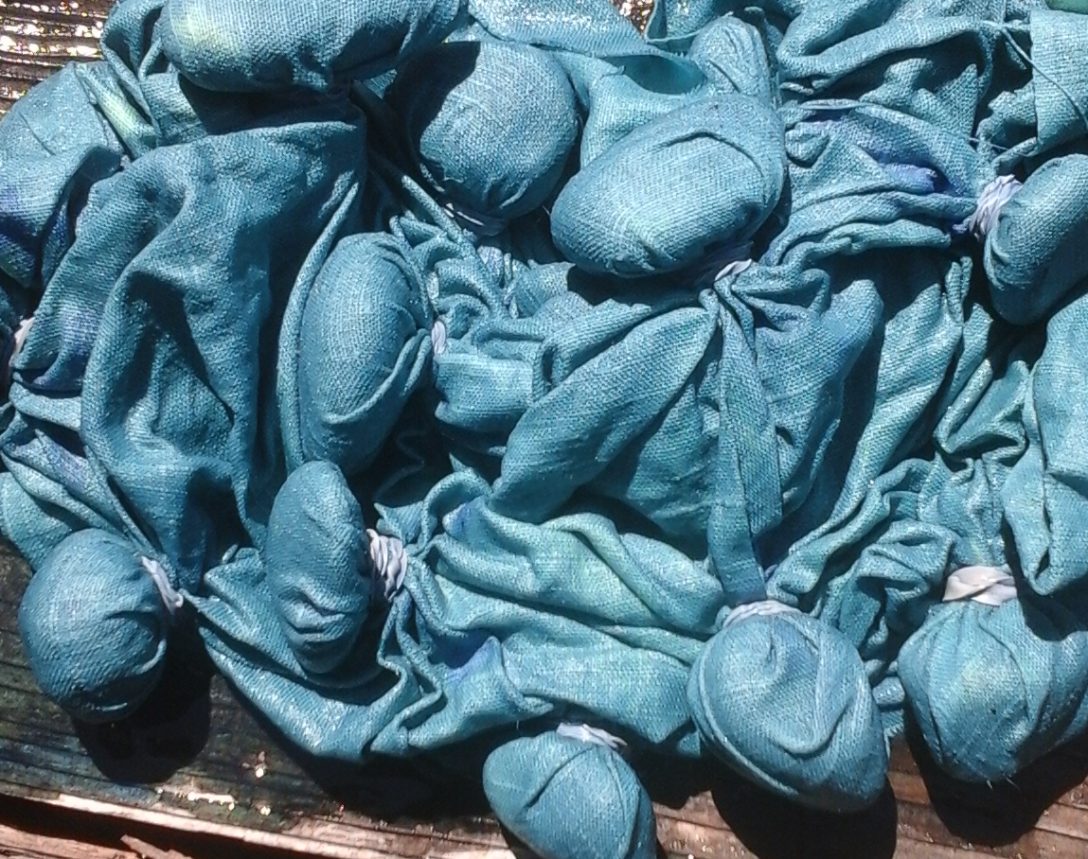
For readers of the blog, the recurrence of plants, coyotes, frog-song, births, deaths, phrases of poetry (sometimes the same poetry), musings about dandelion pizza, the various rivers I love, the growth of grandchildren (and even a fourth one due in July), swimming, must get, well, a little tired. Yesterday I was driving to a meeting and I saw that the coltsfoot at Misery Mile is in bloom and I thought, oh, I should write about that (remembering my own young horse and how the leaves reminded me of his feet), and then almost immediately realized that I already had, in my essay collection Phantom Limb.
I stop on the roadside and carefully lift a plant of the coltsfoot to bring home to my own garden. Petasites palmatus, butterburr, sweet coltsfoot. There are the blooms on their fleshy stalks and the broad leaves with fine hairs on the underside. And there is one small inrolled leaf-shoot, not yet opened, the foot of that colt I hold as I once held the entire weight of his delicate ankles in my hands.
(The plant I lifted didn’t survive.)
And just now, looking out the glass door to the deck, I saw the buds on the volunteer apple tree growing in the rocks on the bank leading down to where our orchard used to be, the orchard I celebrate and mourn in Euclid’s Orchard.
Did this tree sprout from a seed spit over the side of the deck or excreted by birds or even seeds from the compost into which I regularly deposited cores and peelings from apples given us by friends in autumn? Belle of Boskoops from Joe and Solveigh, for instance, which make delectable fall desserts and cook up into beautiful chutney. Or else a seed from the few rotten apples from the bottom of a box bought from the Hilltop Farm in Spences Bridge, their flavor so intense you could taste dry air, the Thompson River, the minerals drawn up from the soil, faintly redolent of Artemesia frigida. This stray is all the more wonderful for its mysterious provenance, its unknown parents, and its uncertain future, for it grows out of a rock cleft, on a dry western slope. I won’t dig it up since I have no doubt its roots are anchored in that rock, but I will try to remember to water it occasionally and maybe throw a shovel of manure its way this spring.
It all comes around again. That’s what I’m saying, I guess. (Even the meeting I was driving to was to work on details for the upcoming—14th!—Pender Harbour Chamber Music Festival, one of the pleasures of summer; I’ve been part of the organizing committee, off and on, since the beginning.) We sit on the deck at the end of the afternoon with a glass of wine and we notice that the big-leaf maples are heavy with incipient leaves and blossoms. And that means warblers and other songbirds drawn to both the nectar and to the small insects gathered on the blossoms. And as the leaves unfurl, we’ll watch for the western tanagers who nest either in the maple canopy or near it because we see them going back and forth during the nesting season, a flash of red and yellow, brilliant in summer sunlight.
My noticing, if I may call it that, is part of the way I remember, the way I try to keep intact the world I cherish. I am as political a creature as many or most; I have issues I follow, organizations I support, and lives beyond my own family and friends that I advocate for and with. But what I can do daily is record the place I have lived on and in for nearly 40 years—its cycles, its weather, its rich and ordinary earth. So the coltsfoot, the stray apple tree, the tanagers, even the samaras that fall from the maple in autumn and echo in the middle name of my first grandchild. Not only my home but what surrounds it, holds it. That people want to read these things never ceases to astonish me and I am grateful to you. And to Gaston Bachelard, who feels like a lifelong companion in his wise book about space—both the architectural space we inhabit but also how it fits into its environment, in our actual experience and how we recall it, how it influences our dreams and memories.
We comfort ourselves by reliving memories of protection. Something closed must retain our memories, while leaving them their original value as images. Memories of the outside world will never have the same tonality as those of home and, by recalling these memories, we add to our store of dreams; we are never real historians, but always near poets, and our emotion is perhaps nothing but an expression of a poetry that was lost.—from The Poetics of Space

I never tire of reading about plants, insects, birds, orchards and so on. When nature’s stories are intertwined with ours, our own stories become much richer.
Me too! I read field guides like novels. And outside? Same. The old stories, new each season.